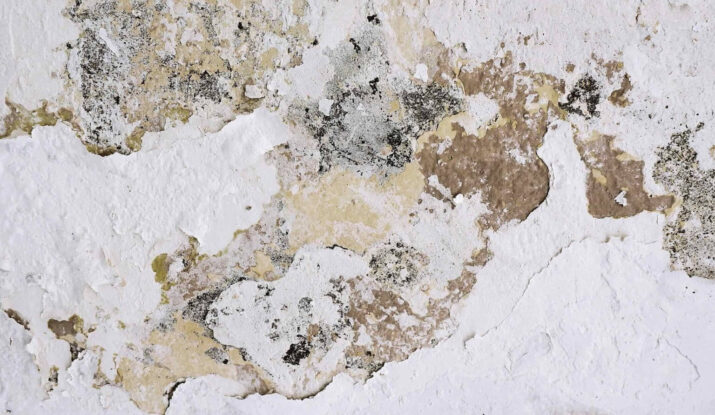Have you ever found mold in your home and felt really worried? Don’t worry!
This guide is here to help you understand and deal with mold. We’ll talk about Household Mold Prevention and how to remove it safely.
The goal is to give you useful information and solutions. Instead of feeling panicked, let’s work towards having a home without mold. Read on to discover helpful tips and insights.
What is a Mold?
Mold is a natural thing found around us, but it becomes a problem when it enters our homes. It’s essential to know the basics – mold is a fungus that likes damp places. Some molds are harmless, but others can be bad for your health. It’s important to deal with mold issues quickly.
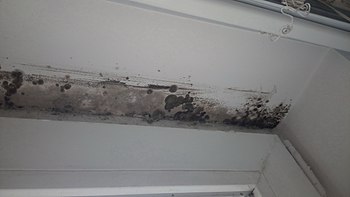
Understanding these basics helps you handle mold challenges more effectively.
Why Mold Matters?
More than just being an eyesore, mold can seriously affect our health and overall well-being. The dangers of mold extend beyond simple inconvenience, emphasizing the need to understand its significance for Household Mold Prevention.
Mold and Respiratory Health
One major concern is how mold can impact our breathing. Breathing in mold spores can cause allergies, worsen asthma symptoms, and lead to respiratory problems. People with weakened immune systems, kids, and older adults may be more at risk.
Recognizing the link between mold and respiratory health stresses the importance of dealing with mold issues right away.
Allergies and Skin Irritation
Mold can act as a powerful allergen, triggering allergic reactions. Symptoms can include sneezing, a runny nose, itchy eyes, and skin irritation.
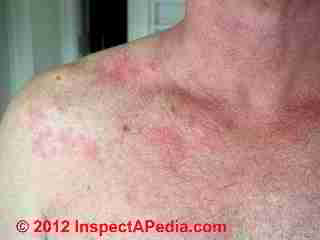
Being aware of these allergic responses highlights the need to create an environment that reduces exposure to mold, especially for those prone to allergies.
Toxic Mold
In some instances, mold can produce harmful chemicals called mycotoxins, with black mold (Stachybotrys chartarum) being a notable example. Although toxic mold is rare, its potential consequences emphasize the importance of identifying and dealing with mold issues promptly.
Long-Term Health Impacts
Continued exposure to mold can have lasting effects on health. Chronic respiratory conditions, ongoing allergies, and a weakened immune system are potential long-term consequences. Understanding these risks encourages individuals to take action to ensure their living space is free from mold.
Recognizing the various risks associated with mold goes beyond surface-level concerns, highlighting the need for proactive measures to protect the health of those living in the affected space.
This awareness serves as a strong motivator to address mold-related issues promptly and effectively.
Different Types of Mold
Mold, a varied group of fungi, comes in different types, each with its own traits and possible effects. Knowing the differences between these molds helps you recognize and deal with them effectively.
- Aspergillus
This common household mold has many species. While most are harmless, some can cause breathing issues. Aspergillus often looks powdery and comes in colors like green or yellow. Cleaning regularly and reducing indoor humidity can control its growth. - Stachybotrys (Black Mold)
Known as black mold, Stachybotrys usually grows in damp or water-damaged areas. Not all types are toxic, but identifying and fixing water leaks is crucial to prevent black mold growth. - Cladosporium
Found indoors and outdoors, Cladosporium is common and appears as green or black patches. While generally non-toxic, it can trigger allergies and breathing problems. Proper ventilation and moisture control prevent its growth. - Penicillium
Recognized by its blue or green look, Penicillium is famous for producing penicillin. However, some types can cause health issues, especially in people with weak immune systems. It often grows on water-damaged materials, emphasizing the need to fix leaks quickly. - Alternaria
Common in damp places like bathrooms, Alternaria is an outdoor mold that can get into homes. It looks dark green or brown and can worsen allergies and asthma. Regular cleaning and good ventilation help prevent Alternaria growth.
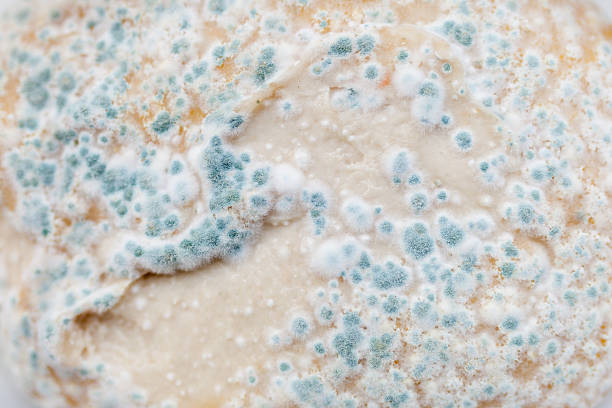
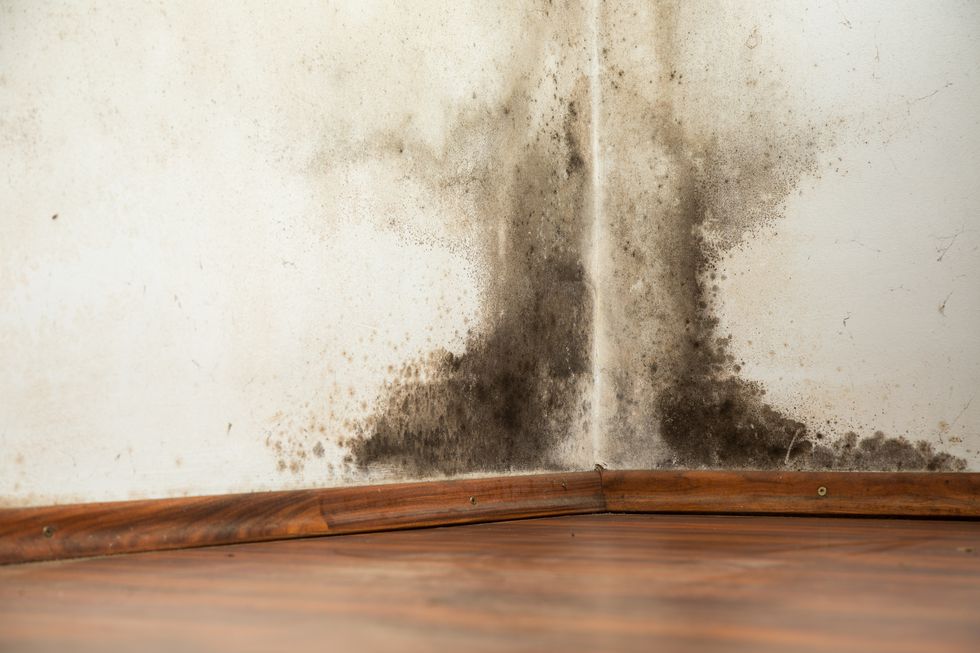
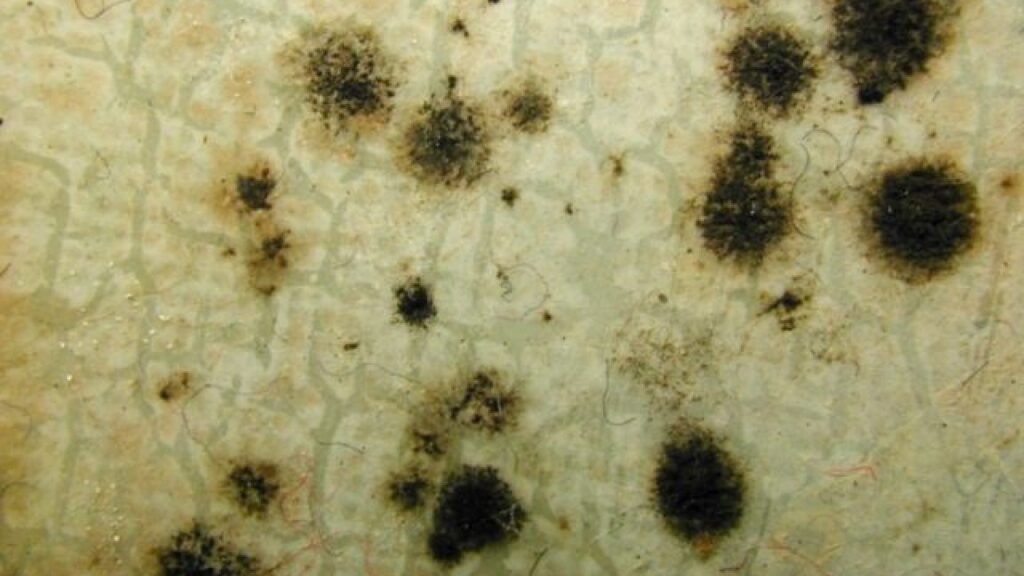
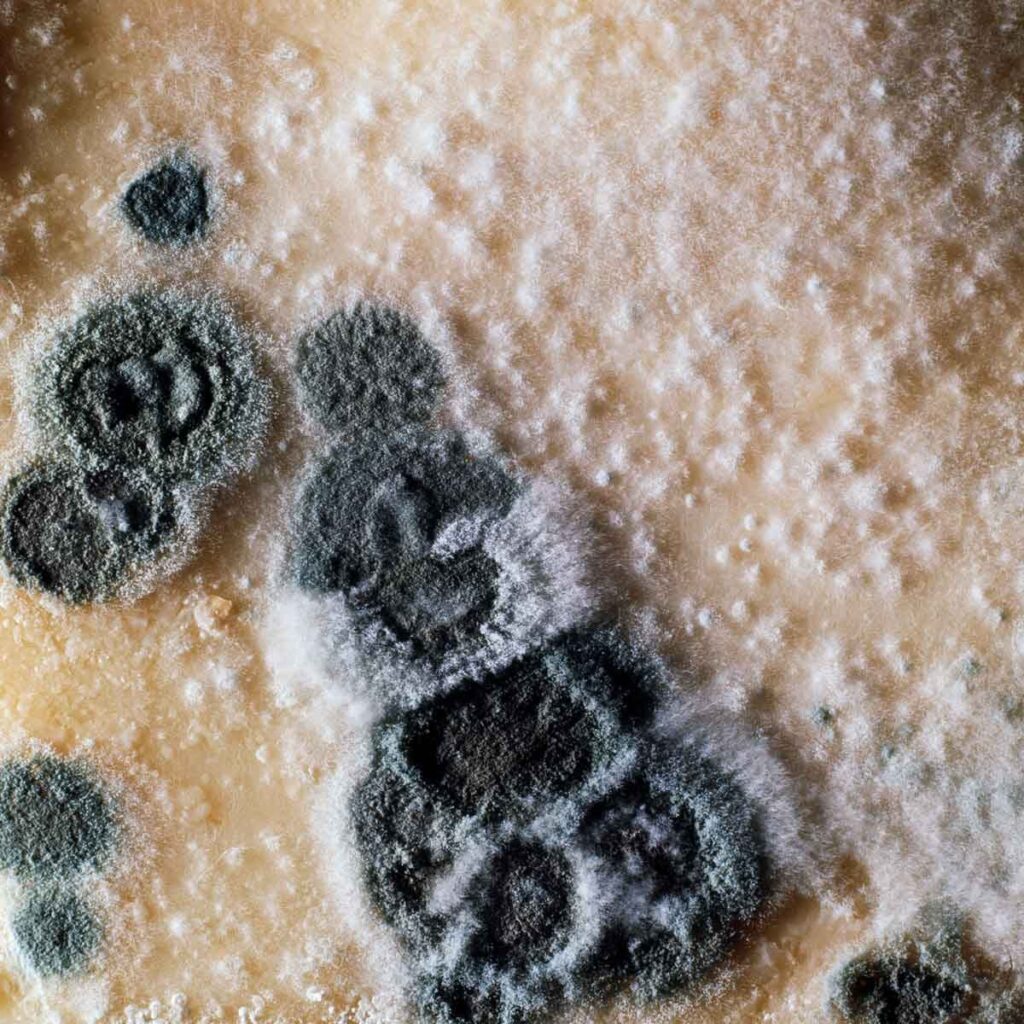
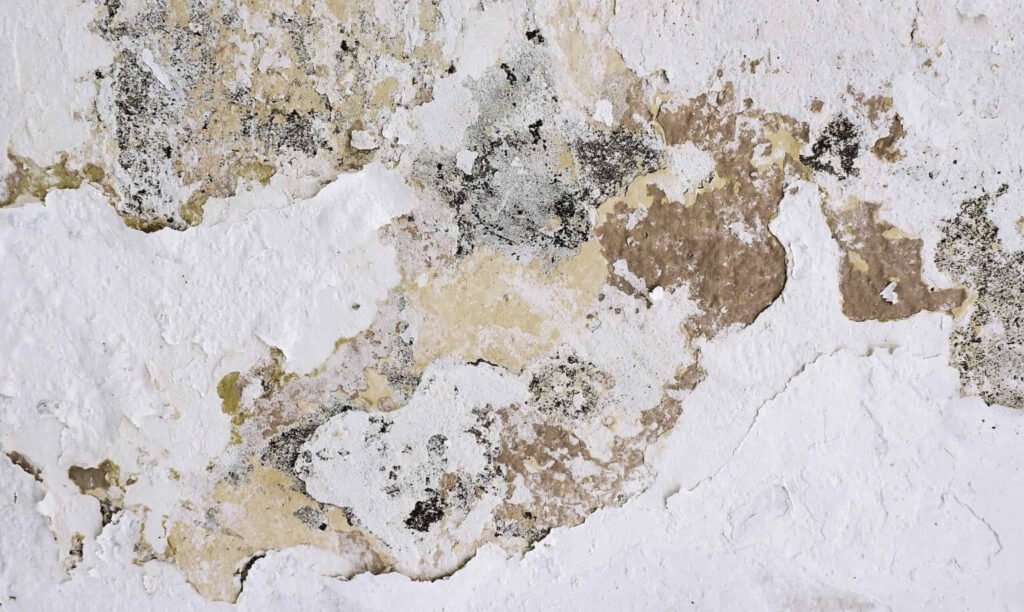
By getting to know these molds, you understand the potential risks and the right steps to prevent them. Detecting them early and taking action is essential for a home free from mold.
Inspecting Mold: A Step-by-Step Guide
Now that you understand the basics of mold, it’s time to thoroughly check your home. Follow these step-by-step guidelines to make sure you don’t miss any hidden spots:
1. Begin with a Visual Examination
Start by looking around common areas where mold usually grows. Check damp corners, dark spaces, and spots near water sources. Keep an eye out for unusual stains, discoloration, or musty smells. Check walls, ceilings, and windows closely, as mold often shows up in these places.
2. Check Common Mold Hotspots
Mold loves moisture, so focus on places that are often damp. Inspect bathrooms, kitchens, basements, and crawl spaces. Look around leaky pipes, under sinks, and near windows where condensation happens. Mold likes these moisture-rich areas.
3. Examine Ventilation Systems
Mold can spread through air vents, so it’s crucial to check them. Look for mold or strange smells coming from the vents. If your home has central air conditioning, make sure to clean and replace filters regularly to stop mold from building up.
4. Use Tools for In-Depth Inspection
Consider using tools like a moisture meter to find hidden dampness in walls or surfaces. Infrared cameras can help spot temperature changes that might mean moisture issues. These tools give valuable insights into areas you might not see right away.
5. Look for Signs of Water Damage
Mold often comes with water damage. Check ceilings and walls for water stains, bulging, or peeling paint. Fixing water damage quickly can stop mold from spreading.
6. Check Personal Belongings
Mold can affect not just your home but also your stuff. Look at things kept in damp or humid areas, like books, clothes, and cardboard boxes. If you smell something musty or see mold, deal with it right away.
Remember, a careful inspection is the first step to managing mold effectively. Finding and dealing with mold early can stop it from becoming a bigger problem. If you’re unsure or think there might be a more significant issue, it’s smart to consult with a professional mold inspector for a thorough check.
Stay proactive, and your efforts will help keep your home mold-free.
Further Reading: How to Test Indoor Air Quality for Mold Spores
Mold Remediation Process
So, you’ve found the mold, and now it’s time to do something about it. Taking action to address and eliminate mold is crucial for regaining control of your home.
Whether you’re going the DIY route or getting professional help, here are the essential steps to tackle mold effectively.
- Containment is Key: When you discover mold, the first thing to do is contain it. Keep it from spreading to other parts of your home by sealing off the affected area with plastic sheeting and tape.
This barrier helps prevent mold spores from crossing into other spaces.
- Removal Techniques: For smaller mold issues, you might be able to handle it yourself. Mix white vinegar and water or hydrogen peroxide to create a cleaning solution. Use a stiff brush or sponge to scrub the moldy area, then make sure it dries thoroughly.
But, for larger mold problems or if you have respiratory issues, it’s best to call in the pros.
- Professional Remediation Services: Professionals are essential for big mold problems or tricky locations. Certified mold remediation specialists have the skills and equipment to handle complex situations.
They use advanced techniques and technology, along with specialized cleaning agents, to ensure thorough mold removal. Pros can also find the root cause of the mold problem and fix underlying issues to prevent it from coming back.
- Prevention Strategies: Dealing with mold isn’t just about getting rid of it; it’s also about stopping it from coming back. Consider getting dehumidifiers, especially for damp areas like basements.
Make sure your home has good ventilation, and fix any leaks or water damage quickly. Regularly check and clean mold-prone areas like bathrooms and kitchens to stay ahead of potential problems.
- Monitoring and Follow-Up: After you’ve dealt with the mold, keep an eye on the treated areas for any signs of it coming back. Watch the humidity levels and fix any new leaks promptly.
Regularly inspecting your home helps catch potential mold issues early, preventing them from becoming bigger problems. Stay vigilant, and your home will be healthier and mold-free.
Safety Measures: Protecting Yourself and Your Home
Removing mold requires careful attention and caution to ensure safety for both you and your home. Prioritize safety throughout the process to prevent potential harm.
1. Wear Proper Protective Gear
Don’t overlook the importance of protective gear during mold inspection and removal. Equip yourself with gloves, goggles, and a mask to shield against mold spores and airborne particles.
These simple measures act as a barrier, reducing the risk of direct contact and inhalation. Taking a proactive approach to safety is key to a successful mold remediation.
2. Ensure Adequate Ventilation
Ventilation is often forgotten but crucial. Before starting mold removal, make sure the area is well-ventilated. Open windows and doors to let fresh air in, preventing the buildup of airborne contaminants.
Consider using fans or dehumidifiers to speed up drying and discourage further mold growth.
3. Follow Safety Guidelines Diligently
Pursuing a mold-free home requires following safety guidelines closely. While working on mold-infested areas, be aware of your surroundings. Seal off the affected space with plastic sheeting and tape to prevent cross-contamination.
This step stops mold spores from spreading to other parts of your home and streamlines the remediation process.
4. Consider Your Home’s Well-Being
Safety is not just about personal protection; it extends to your home’s well-being, too. Protect the structural integrity of your home during mold removal.
Handle contaminated materials with care and ensure proper disposal to prevent recontamination.
Remember, safety is a shared effort that goes beyond protecting yourself – it includes safeguarding your home and conducting mold removal with care.
Tips for a Mold-Free Home – How to Prevent?
Preventing mold is simpler than dealing with a big problem later on. Here are quick and effective tips to keep your home mold-free:
- Ventilation Matters: Make sure there’s good airflow by using exhaust fans and opening windows to let in fresh air.
- Monitor Humidity: Keep indoor humidity between 30-50% using a hygrometer and dehumidifiers in places that get damp.
- Promptly Fix Leaks: If you find any water leaks, fix them right away to stop moisture buildup and prevent mold.
- Clean Gutters: Regularly clean your gutters to avoid water collecting, lowering the chance of mold.
- Use Mold-Resistant Products: Choose materials and paints that resist mold when upgrading your home to discourage its growth.
- Regular Cleaning: Dust and clean often, especially in hidden spots like vents and behind furniture.
- Water Plants Wisely: Be careful when watering indoor plants to avoid creating conditions that mold likes in the soil.
- Organized Storage: Keep your storage areas well-organized to allow good air circulation and discourage mold.
Adding these easy habits to your routine will make your home stronger against mold, creating a healthier and more comfortable living space.

